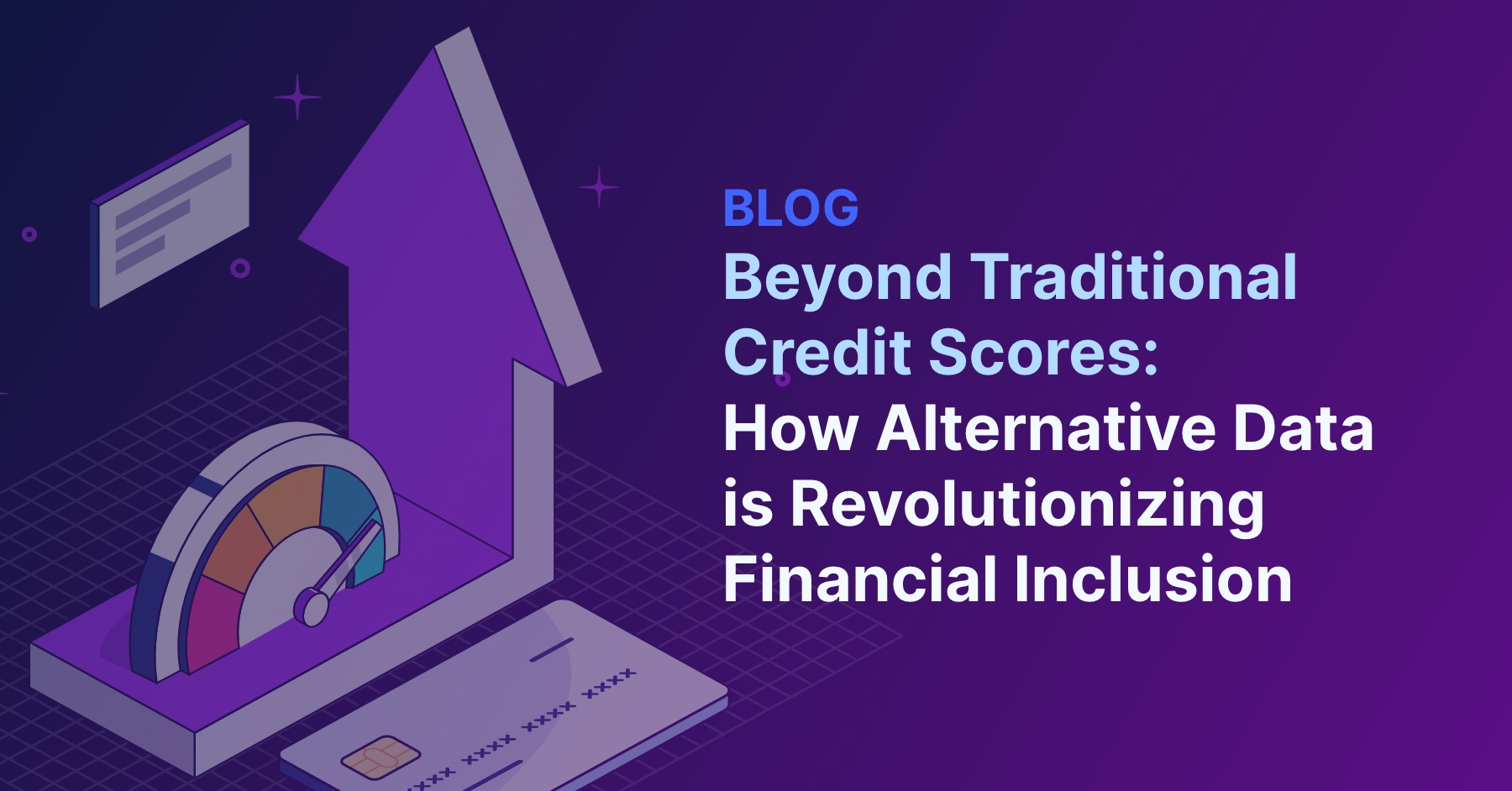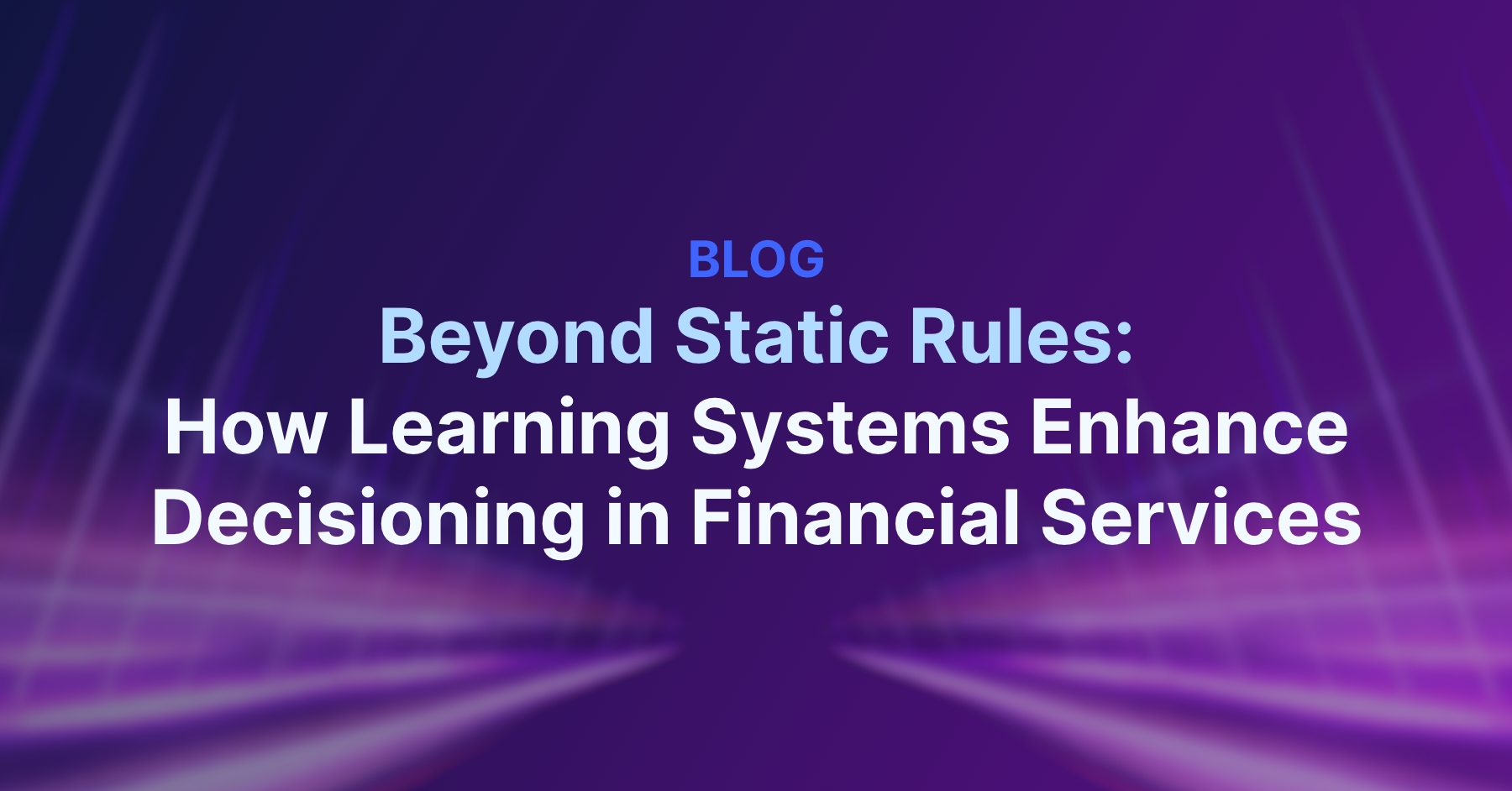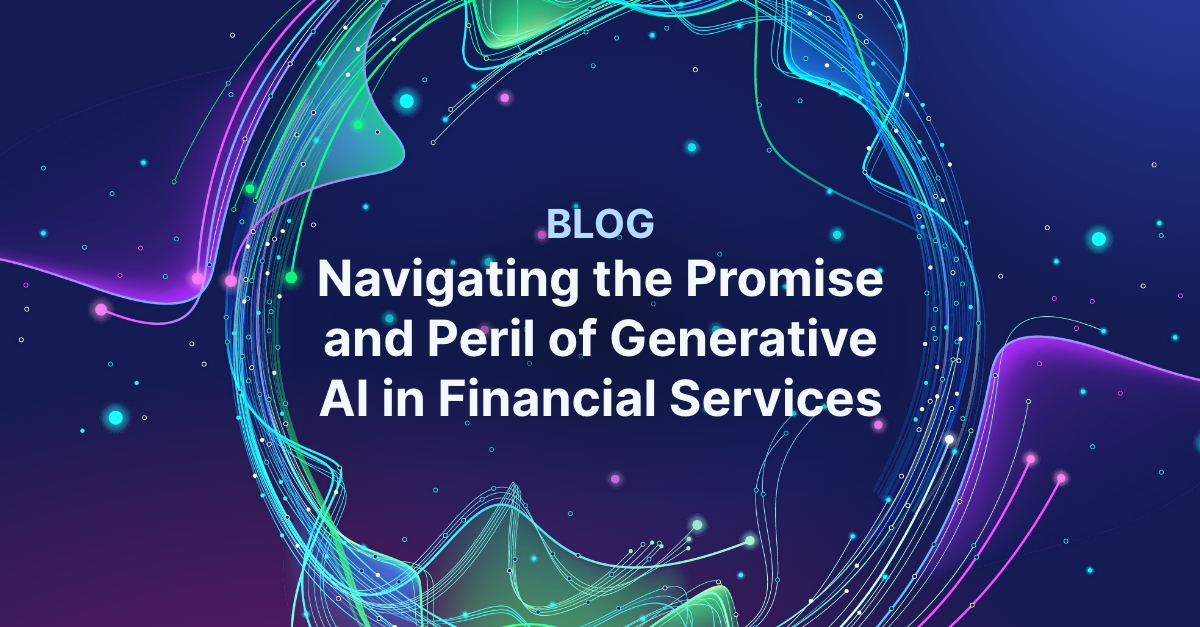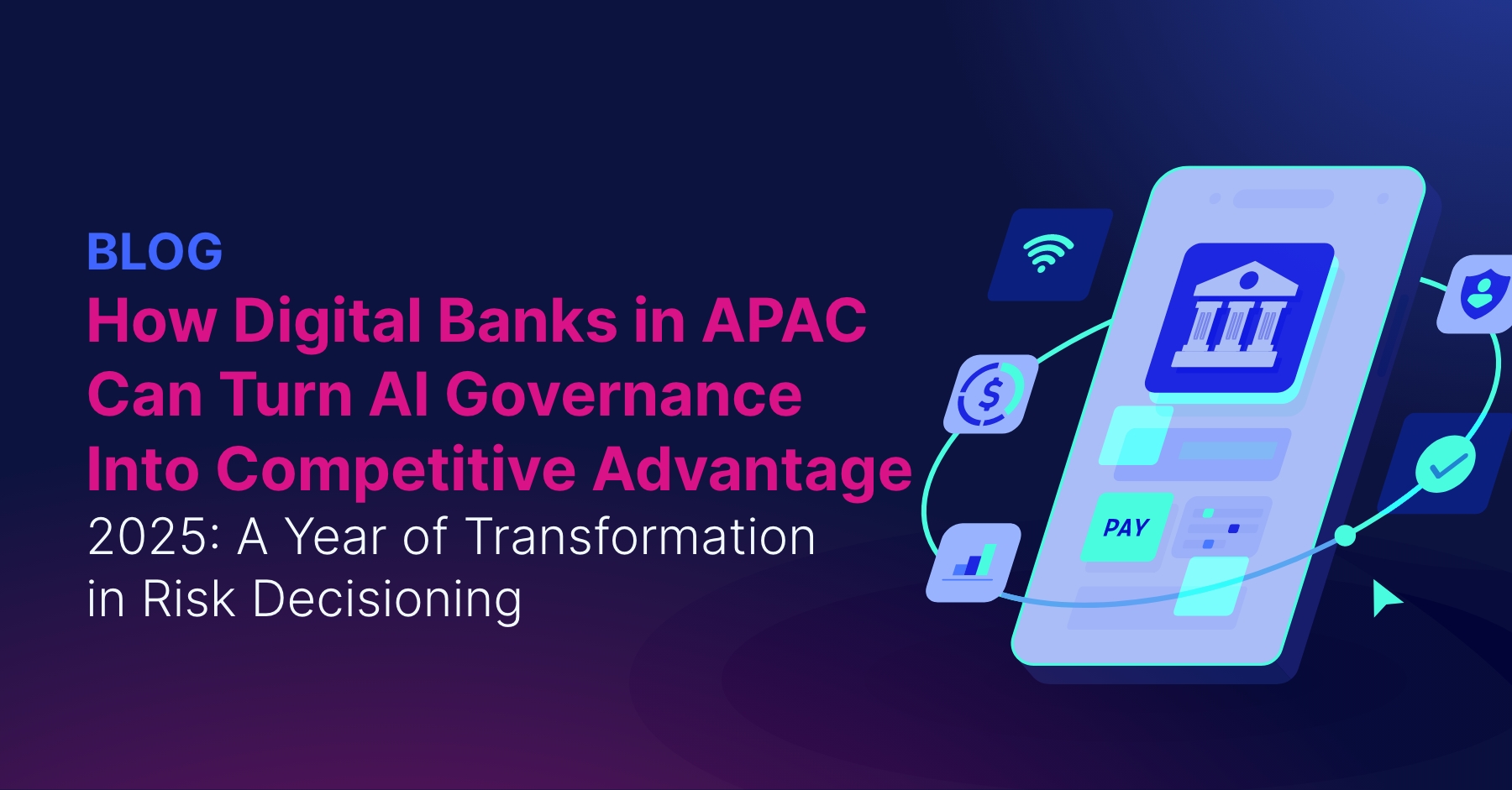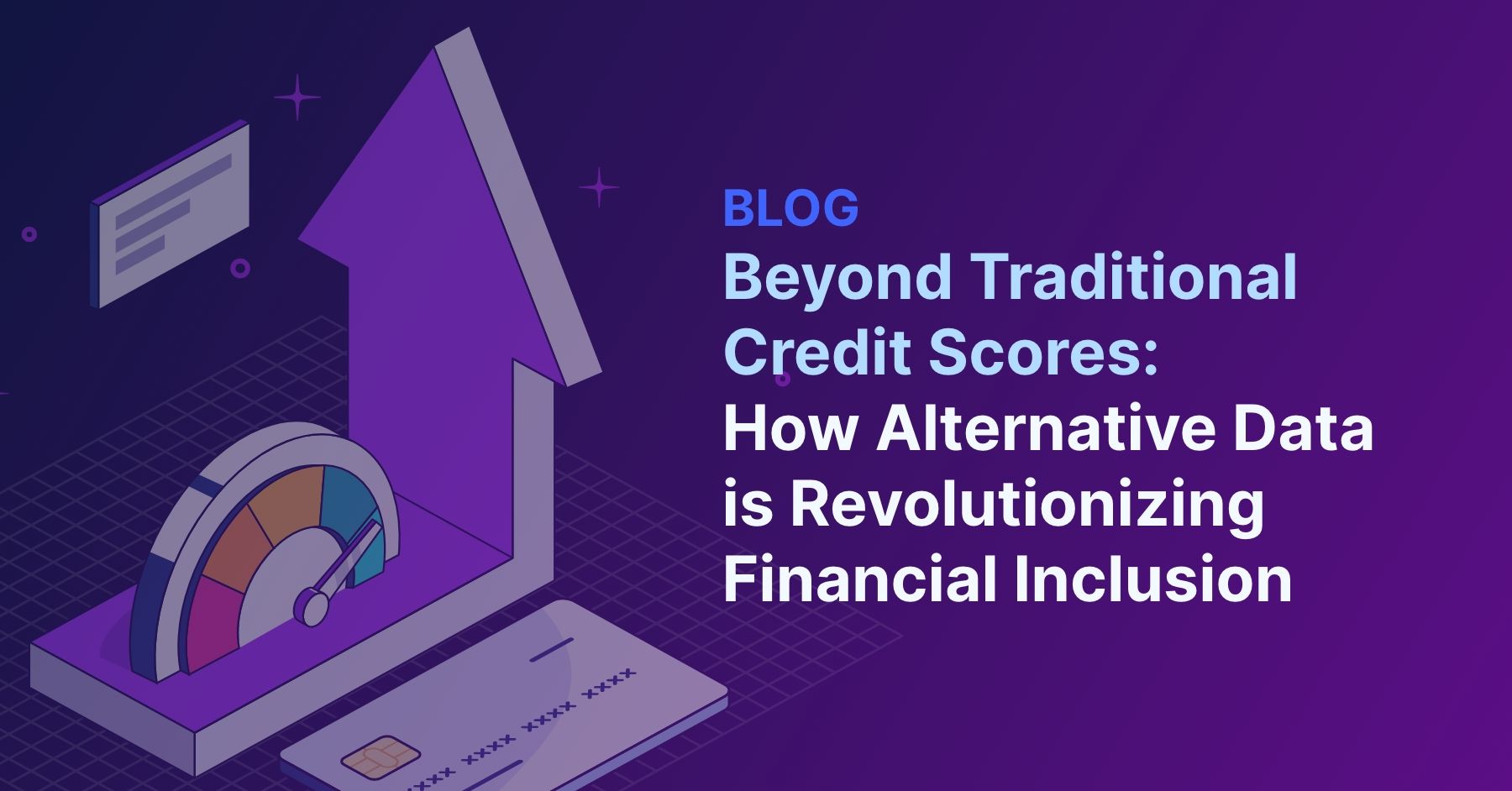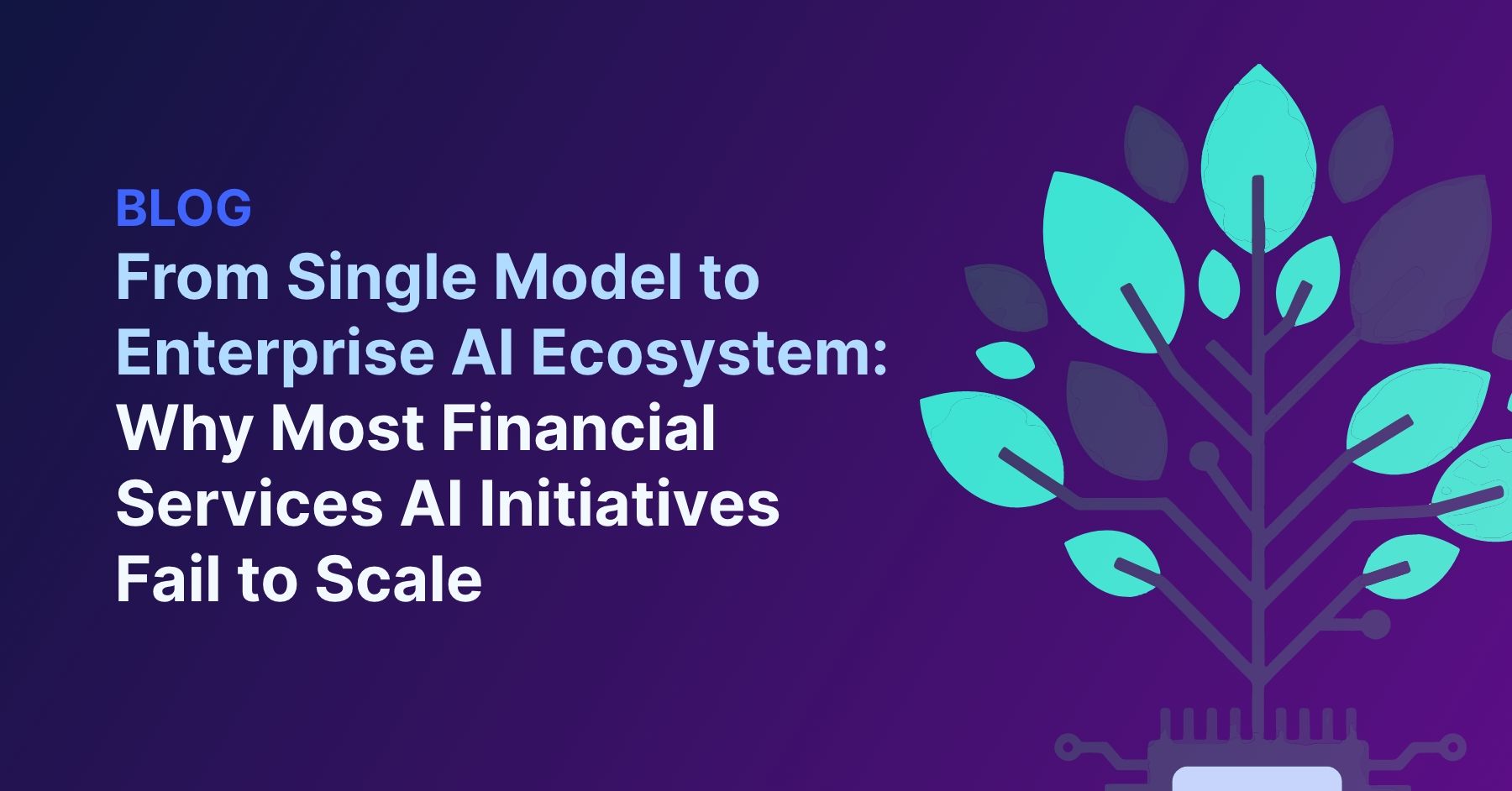Beyond Static Rules
Beyond Static Rules:
How Learning Systems Enhance Decisioning in Financial Services
In financial services, we’ve built our decision-making infrastructure on a foundation of static rules. If credit score is above 650 and income exceeds $50,000, approve the loan. If transaction amount is over $10,000 and location differs from historical patterns, flag for fraud review. If payment is more than 30 days late, initiate collections contact.
These rules have served us well, providing consistency, transparency, and regulatory compliance. They enabled rapid scaling of decision processes and created clear audit trails that remain essential today. But in an increasingly dynamic financial environment, rules alone are no longer sufficient. The question isn’t whether to abandon rules, but how to augment them with adaptive intelligence that responds to evolving patterns in real-time.
The future of financial services decision-making lies in hybrid systems that combine the reliability and transparency of rule-based logic with the adaptability and pattern recognition of learning systems.
The Limitations of Rules-Only Systems
Static rules excel at encoding known patterns and maintaining consistent standards. They provide the transparency and auditability that regulators require and the predictability that operations teams depend on. However, rules alone struggle to keep pace with rapidly evolving environments.
Consider fraud detection. Traditional rule-based systems might flag transactions over $5,000 from new merchants as suspicious. This rule made sense when established based on historical fraud patterns, and it continues to catch certain types of fraud effectively. But fraudsters adapt. They start making $4,999 transactions. They use familiar merchants. They exploit the predictable gaps in purely rule-based logic.
Meanwhile, legitimate customer behavior evolves. The rise of digital payments, changing shopping patterns, and new financial products creates scenarios that existing rules never contemplated. A rule designed to catch credit card fraud might inadvertently block legitimate cryptocurrency purchases or gig economy payments.
Rule-only systems face a maintenance challenge: they require constant manual updates to remain effective, while each new rule potentially creates friction for legitimate customers. This is where learning systems provide crucial augmentation.
Learning Systems as Intelligent Augmentation
Learning systems complement rule-based approaches by continuously adapting based on outcomes and feedback. Rather than replacing rules, they enhance decision-making by identifying nuanced patterns that would be impossible to codify manually.
In fraud detection, a hybrid system might use foundational rules to catch known fraud patterns while employing learning algorithms to detect emerging threats. When transactions consistently prove legitimate for customers with certain behavioral patterns, the learning component adjusts its risk assessment. It discovers that transaction amount matters less than the combination of merchant type, time of day, and customer history—insights that inform but don’t override critical safety rules.
When new fraud patterns emerge, learning systems detect them without manual rule updates. They identify subtle correlations, like specific device fingerprints combined with particular geographic transitions, that would be impractical to encode in traditional rules. Meanwhile, core fraud prevention rules continue to provide consistent baseline protection.
The Adaptive Advantage in Credit Decisions
Credit decisioning showcases the power of learning systems even more dramatically. Traditional credit scoring relies heavily on bureau data and static models updated quarterly or annually. These approaches miss real-time behavioral signals that predict creditworthiness more accurately than historical snapshots.
Learning systems can incorporate dynamic factors: recent spending patterns, employment stability indicators from payroll data, seasonal income variations for gig workers, even macro-economic trends that affect different customer segments differently. They adapt to changing economic conditions automatically rather than waiting for model revalidation cycles.
The Implementation Reality
Transitioning from rules to learning systems requires a fundamental shift in operational philosophy. It requires organizations to move from controlling decisions to guiding learning, from perfect predictability to optimized outcomes.
This transition creates both opportunities and challenges:
Enhanced Accuracy:
Learning systems typically improve decision accuracy by 15-30% compared to static rules because they adapt to changing patterns continuously.Reduced Maintenance:
Instead of manually updating rules as conditions change, learning systems evolve automatically based on outcome feedback.Improved Customer Experience:
Dynamic decisions create less friction for legitimate customers while maintaining or improving risk controls.Regulatory Complexity:
Learning systems require more sophisticated explanation capabilities to satisfy regulatory requirements for decision transparency.
The Hybrid Approach
The most successful implementations combine human judgment with machine learning. This hybrid approach uses learning systems to identify patterns and optimize outcomes while maintaining human oversight for exception handling and strategic direction.
Key components of effective hybrid systems include:
Guardrails:
Automated systems operate within predefined boundaries that prevent extreme decisions or outcomes that violate business or regulatory constraints.Explanation Capabilities:
Learning systems provide clear justification for decisions, enabling human review and regulatory compliance.Feedback Loops:
Human experts can correct system decisions and provide guidance that improves future learning.Escalation Triggers:
Complex or high-impact decisions automatically route to human review while routine decisions proceed automatically.
Building Learning Organizations
Successful deployment of learning systems requires more than technology—it demands organizational capabilities that support both rigorous rule governance and adaptive learning.
This means investing in data infrastructure that serves both systems, developing teams skilled in both rule logic and model management, and fostering a culture that values consistency and continuous improvement equally.
The Strategic Transformation
The transition from static rules to learning systems represents strategic transformation. Organizations that master this shift create institutional learning capabilities that compound over time rather than making better individual decisions.
Every customer interaction becomes a learning opportunity. Every decision outcome improves future decisions. Every market change becomes a source of adaptive advantage rather than operational disruption.
In financial services, where success depends on making millions of good decisions rather than a few perfect ones, learning systems provide sustainable competitive advantages that static rules simply cannot match. The institutions that recognize this reality and act on it will define the future of financial services decision-making.
Where Are You on Your AI Journey?
